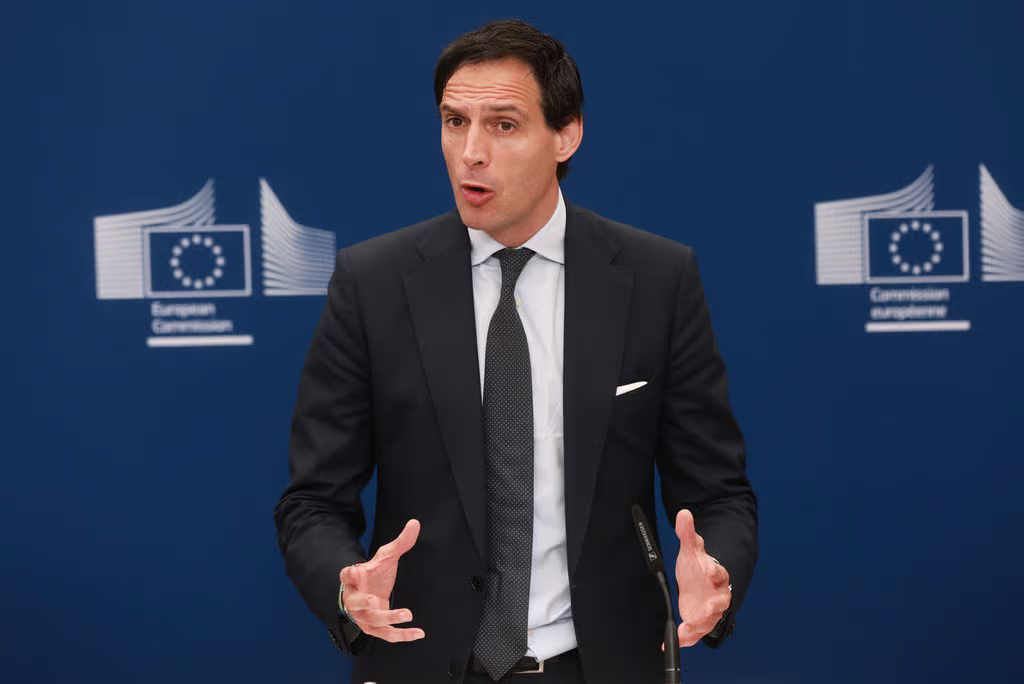The European Commission has proposed allowing EU countries to offset part of their emissions by purchasing carbon credits outside the bloc—without conducting a prior assessment of the economic or climate implications. The move has sparked growing criticism within the EU, as scientific advisers and environmental groups warn it could undermine domestic decarbonization efforts and divert resources away from investment in the European economy.
The Commission has admitted it carried out no evaluation of the economic or environmental impact of the proposal, which would allow Europe to pay for emissions reductions in some of the world’s poorest countries. This emerged in response to a document access request.
Under the proposed 2040 climate target of a 90 percent emissions cut, EU member states could be permitted to use so-called carbon credits—by financing climate projects beyond the bloc’s borders. However, the proposal was not based on input from the Commission’s own climate directorate, DG CLIMA. The Commission stated it consulted its modeling unit, but “DG CLIMA holds no relevant documents.”
Environmental NGOs and EU scientific advisers have condemned the proposal, arguing that it weakens domestic emission reduction efforts and poses fraud risks that could compromise the bloc’s emissions trading system.
Following criticism, the Commission limited the use of such credits to three percentage points of the 2040 emissions reduction target.
An initial assessment prepared last year did not consider the carbon credit mechanism—it was introduced into the agenda only in the spring.
Commission spokesperson Anna-Kaisa Itkonen said that before publishing the proposal, the EU executive conducted “extensive consultations” with stakeholders to assess the feasibility of limited international credit use after 2030. She added that the Commission is committed to carrying out a full impact assessment.
In June, DG CLIMA head Kurt Vandenberghe acknowledged that his team was “not entirely prepared” for the proposal, which was championed by Climate Commissioner Wopke Hoekstra. Supporters of the scheme—including Hoekstra and several carbon market experts—point to improved international agreements aimed at preventing credit fraud.

Proponents of the system—including Wopke Hoekstra—cite improved international agreements designed to prevent the use of questionable carbon credits.
Still, the initiative could have significant implications for both the EU budget and its climate strategy. According to calculations by Carbon Market Watch, three percentage points of the 90 percent target amount to 144 million metric tons—roughly equivalent to the Netherlands’ annual emissions and about 30 percent of the EU’s projected emissions in 2045. One credit corresponds to one ton. Depending on how the system is implemented, purchases could reach as high as 700 million tons. Credit prices vary widely: globally, the average is under $5 per ton, compared to roughly €70 ($82) per ton within the EU.
The Heat Ahead

AI’s Carbon Conundrum
The technology that could save the planet might also help burn it

The Trump Administration Moves to Revoke the Scientific Basis of U.S. Climate Policy
The EPA Proposes Declaring That Greenhouse Gases Do Not Endanger Public Health
It remains unclear how much funding will be allocated to the purchase of foreign credits—or who will ultimately pay for them: companies or taxpayers. This is one of the questions a forthcoming impact assessment is expected to address.
EU scientific advisers have already stressed that funds spent on overseas credits will not be available for decarbonizing the European economy. High-quality credits, they note, are “very expensive,” and purchasing them abroad could come “at the expense of domestic investment opportunities.”
The Commission has pledged to carry out a “comprehensive impact assessment” before introducing legislation to regulate the use of credits. That proposal is expected to be published next year.
In June, Vandenberghe echoed concerns voiced by environmental groups, recalling how an influx of questionable credits once flooded the trading system, driving down prices and weakening incentives to cut emissions. “It would be extremely prudent,” he said, “to conduct the deepest possible impact assessment and work through all the details.”
